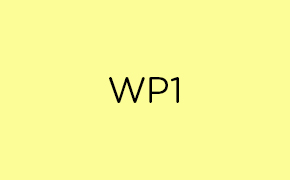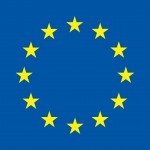Objectives:
- To assess what external sensor technologies and geo-referenced systems could be used to measure aspects of the exposome over extended time periods (weeks and months).
- To provide a review of the concept of measuring exposure at “critical life events” and whether these data are sufficient to define the exposome?
- To assess from the published literature to what extent the associations between disease and socioeconomic status or other social group risk determinants can be explained by the exposome.
Description of work and role of partners:
This WP will coordinate a number of reviews that will focus on recent and on-going developments in:
- methods to determine endogenous exposures, and
- technologies for determining external exposures, including GPS-enabled sensors, remote sensing, agent-based models.
The reviews will be undertaken in close consultation with the appropriate WPs in the project and early conclusions will be shared with relevant WPs to enable timely development of the HEALS methodologies.
Task 1.1: Can external sensor technologies really define the exposome? (IOM, UNEXE, UOWM, IDMEC-FEUP,UPMC)
Novel low-cost external sensors, together with smart phone technology are available for some environmental pollutants and environmental stressors. Sensors can also be used to record activity (accelerometers) plus sensors can be used to identify location and motion (e.g. GPS), which can provide personal data to support exposure modelling, including agent-based modelling. However, these techniques are still at an early stage of development for epidemiology. This review aims to define practical technologies that could be used in prospective exposome research, such as is planned in WP17. This task will be undertaken in close collaboration with WP9
Task 1.2: How should we define “critical life events” and are these sufficient to define the exposome? (UPMC,IOM, AUTH, UM, ISS, TNO)
All practical exposome research must rely on periodic collection of biological specimens (blood, urine etc.) to characterise internal biomarkers. The HEALS approach is a priori centred on critical life events as defining important changes in humans. However, each biomarker from these samples will have a half-life and will therefore only provide information on a limited period of time. In addition there will be random variation in the measurement of markers that will introduce uncertainty in the measures. This review will investigate the robustness of the “critical life events” approach and provide authoritative advice on the number and frequency of biological samples that should be collected to define the exposome. We will also consider how modelling, particularly agent-based modelling (ABM) could be used to interpolate exposome measures between critical life events. This task will be performed in close collaboration with WP11
Task 1.3: What do we know about socioeconomic status and social risk determinants in relation to exposure and disease causation? (UNEXE, IOM)
Socioeconomic status (SES) and other social markers of disadvantage are important disease risk factors to be considered within HEALS. However, these social group descriptors may mask a common exposomic phenotype, with shared exposures such as prevalence of cigarette smoking, alcohol consumption, diet etc. This Task will review the published evidence to try to understand how much of differences in disease risk with SES or other social factors can be explained by the exposome. This task will be performed in close collaboration with WP10.


